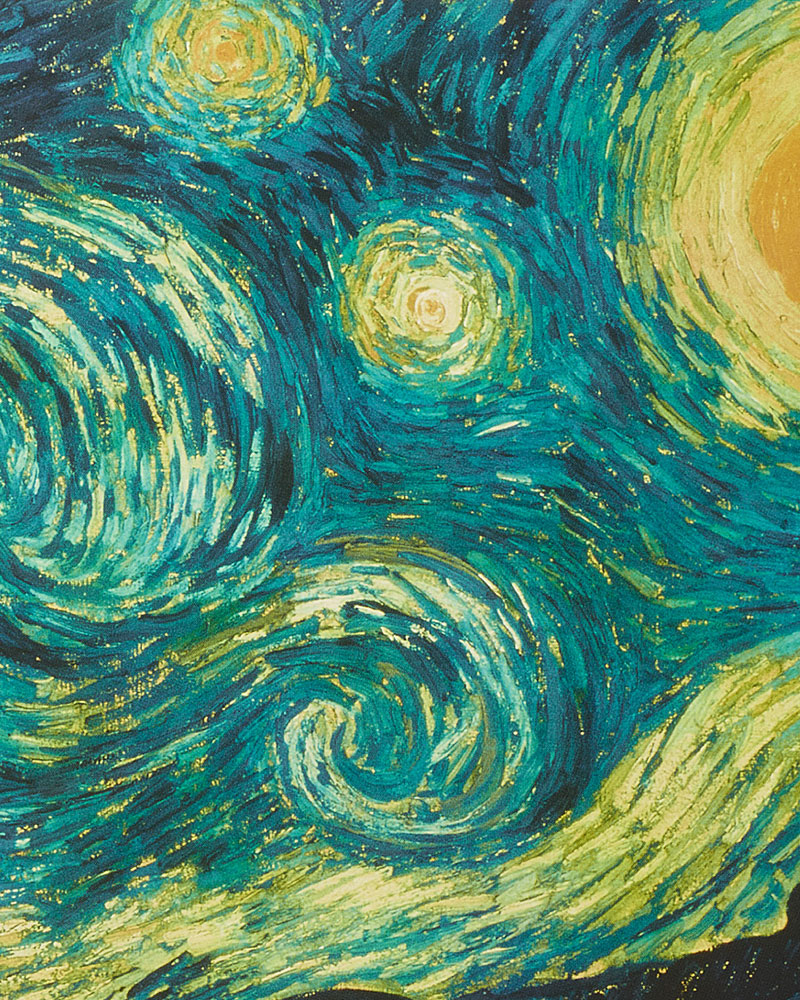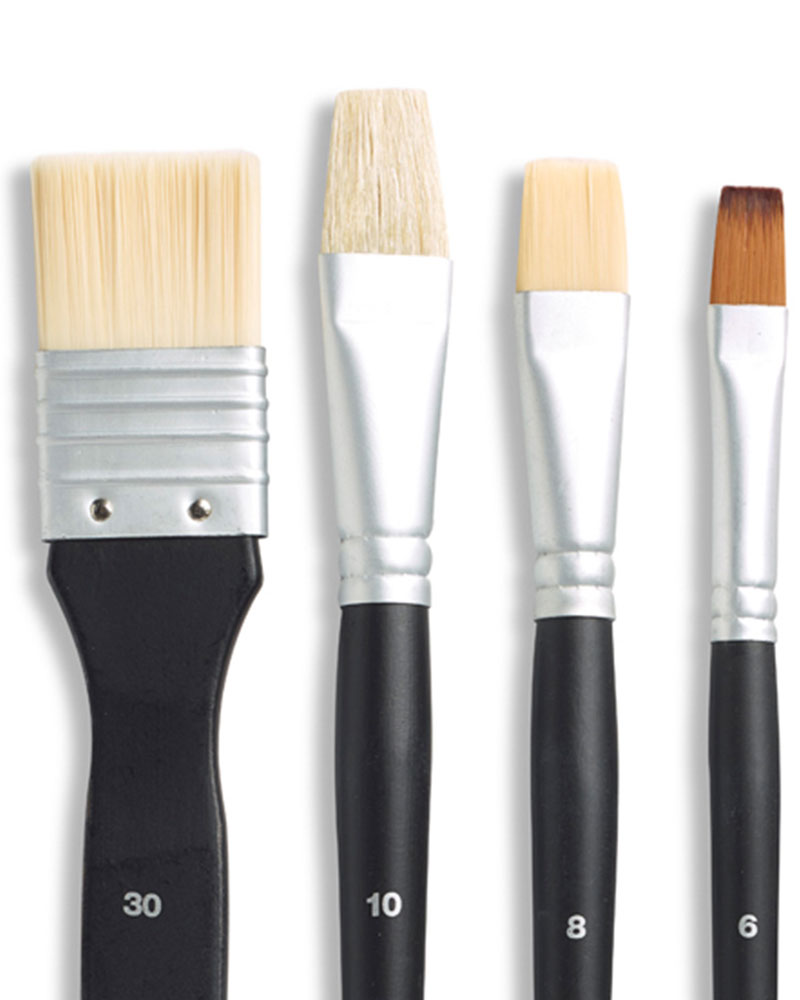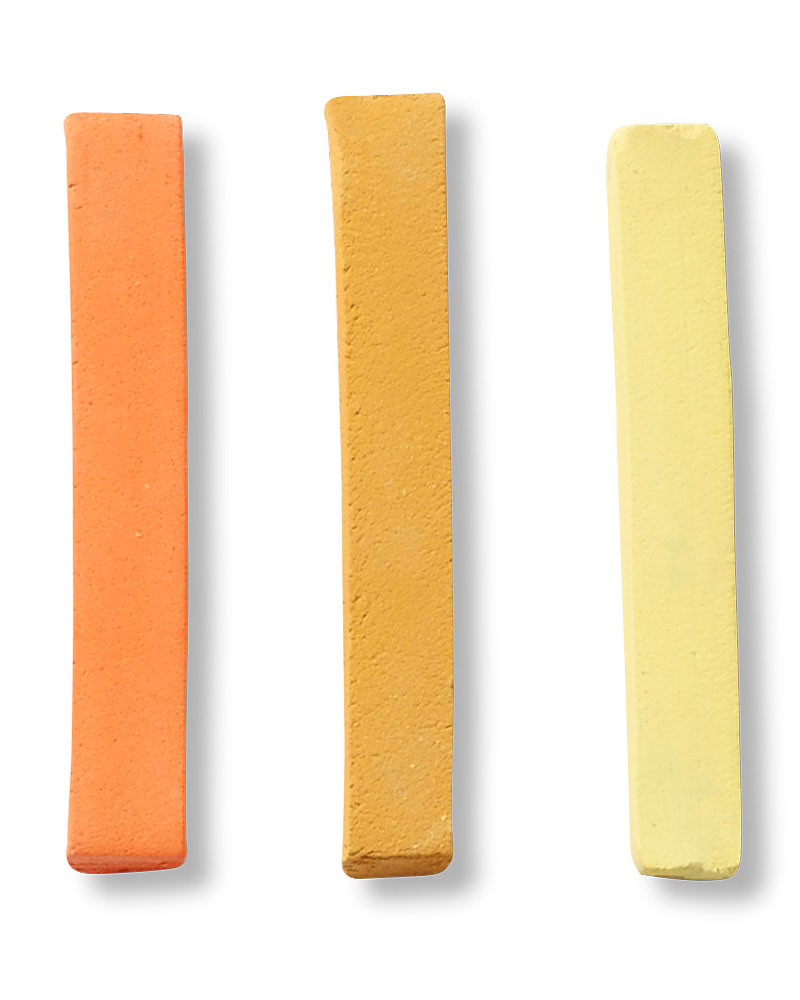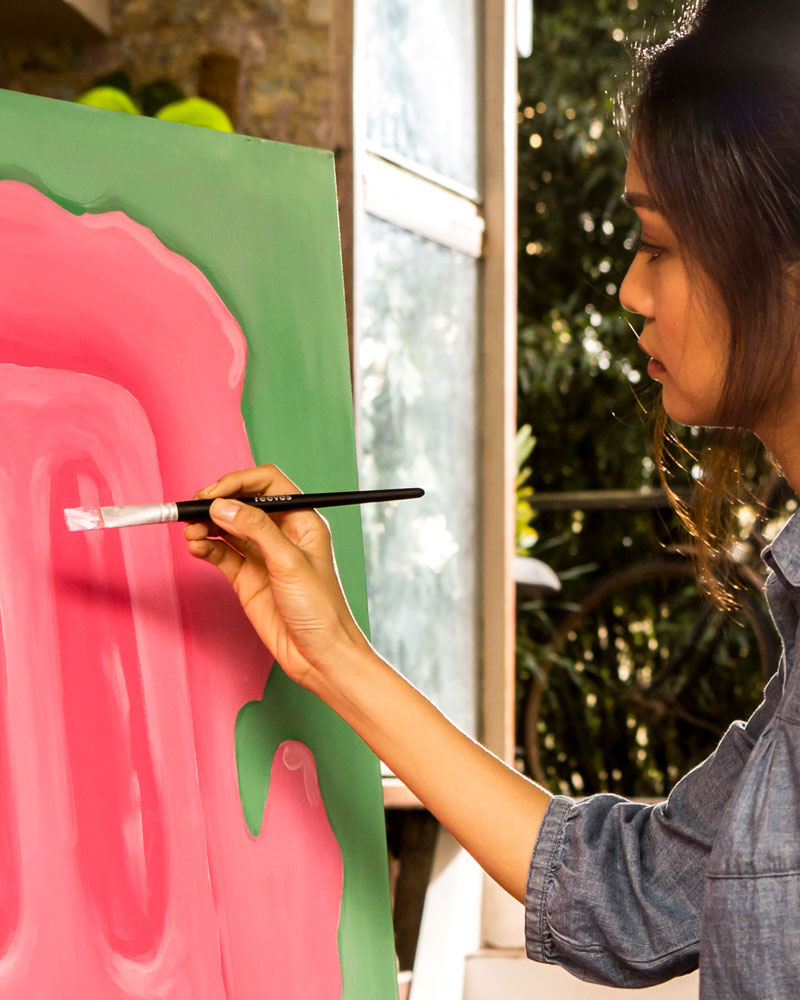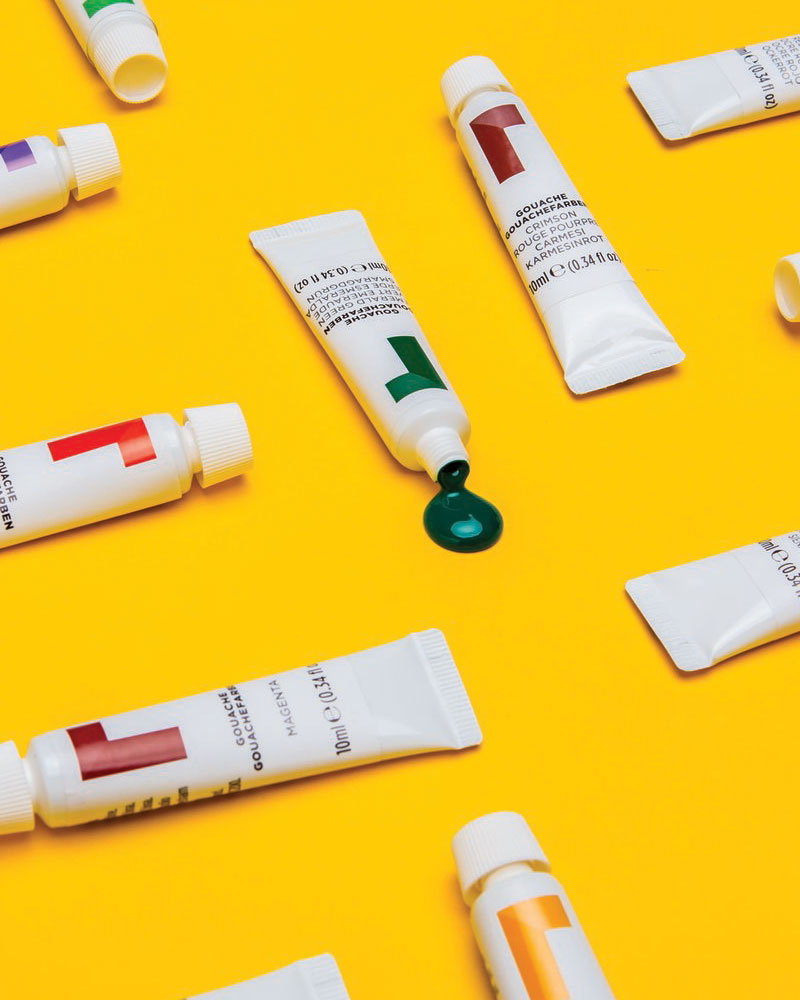Oil Paint Tips and Tricks
Painting with Oil Paints
Take your artistic journey to the next level when you discover the wonders of oil paints. These gems of the art world will expand your creativity to a whole new level. For both beginners and experienced painters, choosing oils as your next tool of choice will allow you to broaden your imagination as you create magnificent oil pieces.
Beginners should not be intimidated by oil paints as they have been a common choice for artists for centuries. They provide beautiful results that are delicate and the paint itself is so diverse with a multitude of ways to use them, your limits are endless. At Reeves, we believe that using oil paints is an essential part of your creative journey that will expand your crafty passion. For beginners, don’t pass up on the opportunity to grow your artistic knowledge and skillset through the use of these classic and distinct paints.
Let your imagination run free when using one of the world’s original paints. Oil paints will allow you to express your aesthetic abilities and spread your creative wings to their full potential. With the use of oils, you can channel a sense of antiquity and create pieces that transport you back in time to centuries long ago or you can create modern pieces that are the very essence of your own self-expression.

Understanding Oil Paints
Before you begin your oil paint adventure, get to know the ins and outs of this decorative tool so that you can understand it’s texture, movement and finished look so that you can use it effectively. Learning the best practice of oil painting techniques will allow you to use your artistic skills to their full potential. Understanding the composition of oil paint will benefit you in your success when using them.
So, what exactly is oil paint? Unlike its quick-drying friend acrylic, oil paint is a slow-drying paint comprised of particles of pigment, binder and solvent. The colour comes from the pigment and the binder is the oil which is typically linseed oil however other oils such as sunflower, poppy, soya bean and walnut oils can be used. The solvent, which is usually turpentine or white spirit is added to alter the thickness of the paint based on the artist’s preference.
An adored characteristic of oil paint is that they blend beautifully with each other making it possible to generate a variety of tones and shades as well as being able to create fine details and shadowing. The composition of each colour differs, therefore different shades may have different drying times. As oil paint dries it becomes harder and as you can use diluting agents to affect the thickness of the paint, drying time will differ depending on how diluted it is. Therefore, drying can take anywhere from a few days to longer.

Tips and Tricks for using Oil Paints
No matter your artistic ability, experimenting with oil paints is a unique way to unravel the layers of your creativeness and develop your artistic passion and skills even further than you ever imagined possible. Oil paint has been inspiring artists and gifting us with illustrious pieces for hundreds of years, so it is no wonder why we continue to honour its legacy today by continuing to use it in our own art practices.
Oil paint’s unique multiplicity make it the ideal paint for creating different styles and can open up a large selection of surfaces which you can create your art on. Many people associate oil paintings with canvas art but in fact oil can be used on a number of surfaces such as canvas, paper, wood and even some metals such as copper and aluminium. However, before you begin, most surfaces will need a primer applied beforehand and the type of primer will depend on the surface.
Now that you are familiar with the properties of oil paint, it is time to master the techniques. For beginners, this is an exciting part of your artistic journey and for advanced painters, you can never practice and improve enough as there are always new skills to learn.
Although there are a wide variety of oil painting techniques, some popular favourites include layers which involves the method of painting layers over and over to create an eye-catching affect. When doing this, be mindful to wait for each layer to be completely dry before applying the next coat. Another great tip is to start out light with your colours and your application, then with each layer you can use thicker and darker shades.
Impasto is an impressive technique where you apply thick layers of paint to achieve a three-dimensional appearance. This method can really bring your piece to life and for a more effective look, use a palette knife so that the paint stands up from the surface. This technique works wonderfully especially for a painting that is inspired by Baroque or abstract art.

Best Brushes for Oil Paints
The paint brush in your hand is the root of your masterpiece, the foundation of your creation, where the magic stems from. Using the right brushes are one of the key components to producing beautiful art. Therefore, it is important you know exactly what the best suited brushes for oil paints are. Palette knives also work wonders when paired with oil paints.
Oil paint brushes have long handles and are used in a horizontal position and the long handle balances the brush in your hand. They come in a number of shapes and sizes such as the flat brush; the most adaptable of brushes it has rectangular shaped hairs and its narrow appearance allows both broad and narrow strokes as well as working beautifully for blending.
A bright is like a flat but with a shorter haircut. This brush is also narrower than the flat and is used when you want your brush strokes to stand out. A filbert sports a circular head and is great for blending smaller areas or for achieving a softer look. You can also use rounds which are small, thin brushes perfect for creating those small and intricate details in your painting.

You must care for your brushes accordingly as they are delicate and can be easily damaged. Cleaning them correctly to make sure you remove all the oil paint is essential. When you have finished your masterpiece, gently remove excess paint from your brushes, to remove the rest of the paint, paint thinner works wonders. Fill a cup with paint thinner and dip your brush in and out repeatedly until all the paint is removed.
For an even deeper clean, you can dip your brush in dish soap followed by rinsing in warm water. Dry your brush carefully without being too harsh on the bristles followed by carefully pressing the bristles at their base so that they can revert back to their original shape. For even better results, you can choose to apply a conditioner to your brushes.
Don’t be discouraged by oil paints. They are a classic art tool that have been used for centuries and as art has evolved over time oil paints have remained a chosen favourite leading the progression of art along the way.
Whether you have been using oil paints for years or are just starting out, these wonderful uses for art creation will be an incredible addition to your artistic lifestyle that will spark your creative flare, improve your painting skills and take your imagination above and beyond its aesthetic limits.
Discover a Reeves supplier near you and begin your oil painting adventure!
Share your work with the world
Tag your masterpiece with #wearereeves. We’ll feature the best on our Instagram page.
